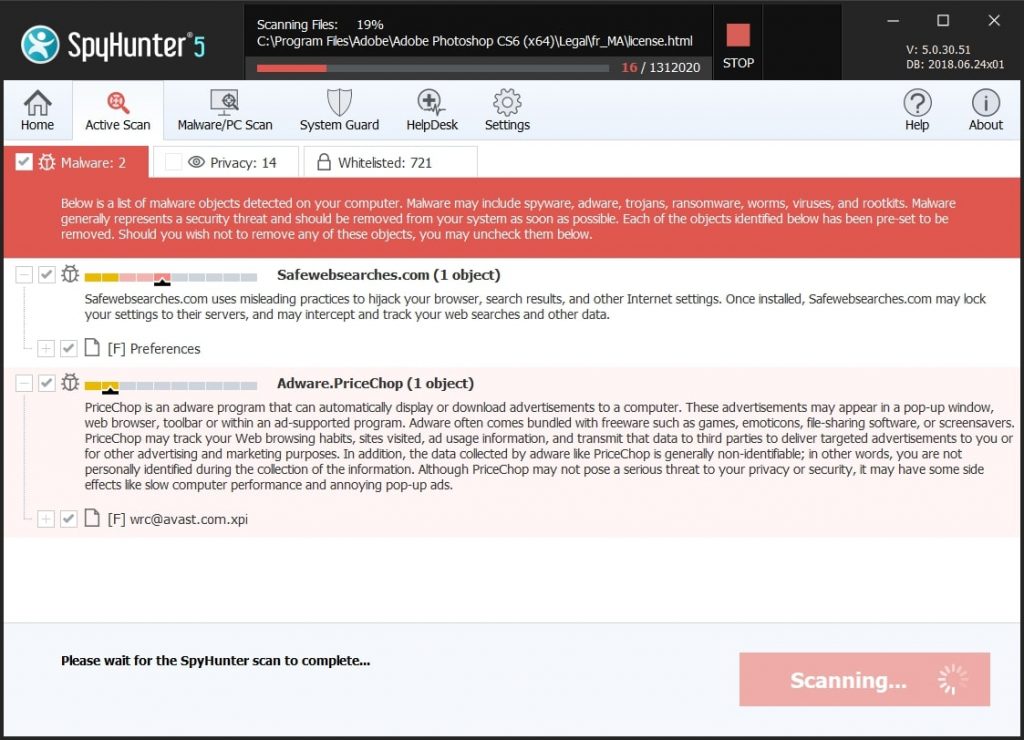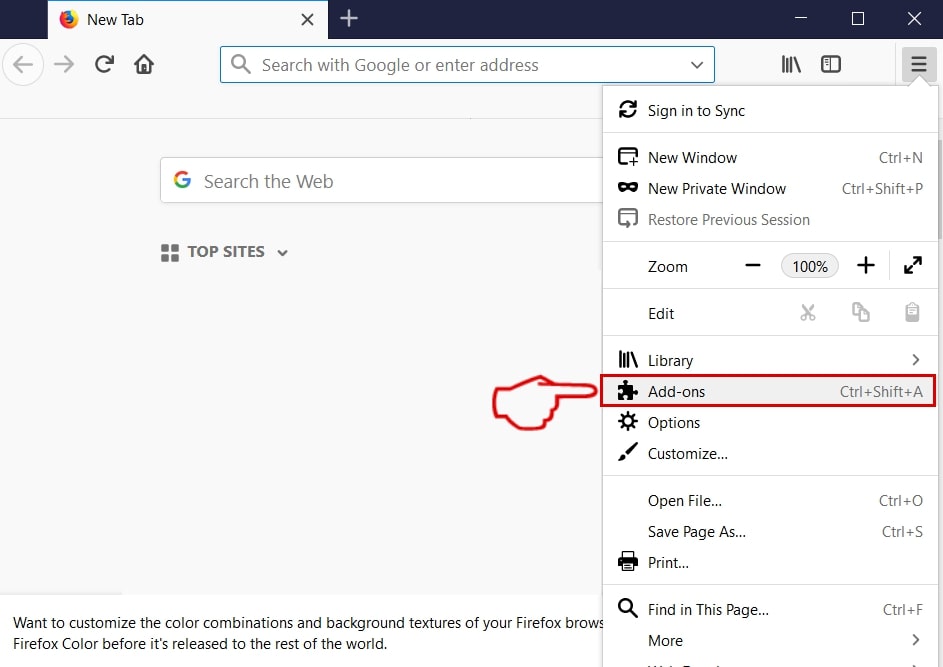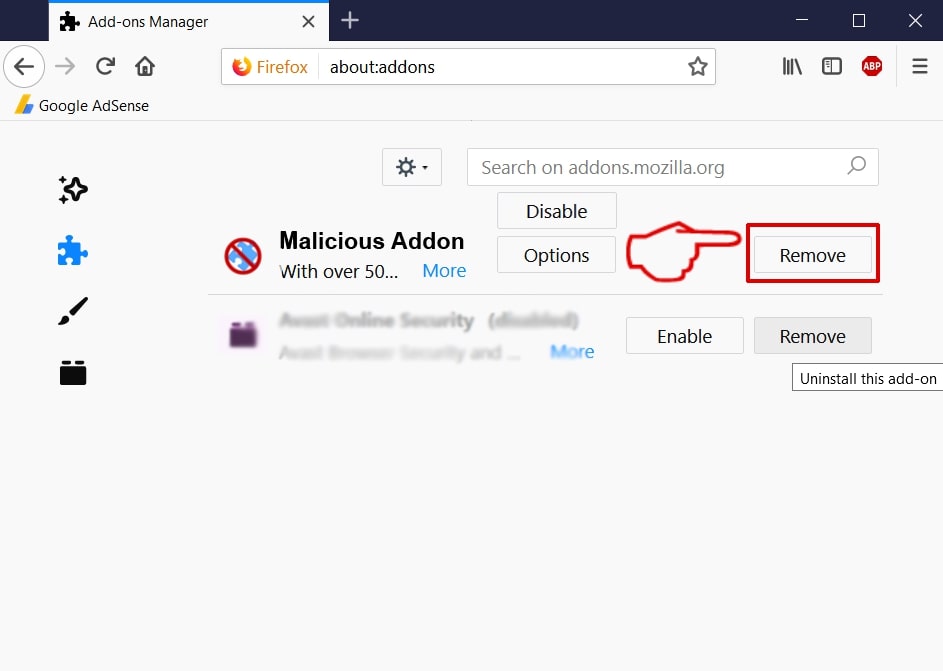A recently discovered Mac OS X threat is the Airmail 3 scam which takes advantage of a software vulnerability, our guide will show users how to detect and remove active infections.

Airmail 3 Scam Summary
| Name | Airmail 3 Scam |
| Type | Phishing scam, Software vulnerability |
| Short Description | Mac OS X Users can be made victims of a Airmail 3 scam caused by a software exploit. |
| Symptoms | The victims may receive multiple email messages in their application. |
| Distribution Method | Bundled downloads, malicious scripts and other methods. |
| Detection Tool |
See If Your System Has Been Affected by malware
Download
Combo Cleaner
|
User Experience | Join Our Forum to Discuss Airmail 3 Scam. |
Airmail 3 Scam – How Did I Get It
Computer security experts have received reports of a dangerous Airmail 3 scam targeting Mac OS. It is rated as a severe threat due to the fact that there are several different ways that it can be delivered to the victims.
The hackers take advantage of a security vulnerability in the program (which is a popular alternative to Apple’s own “Mail”application) which automatically leads to an infection. For the hacker operators the most accessible approach is to use SPAM messages that contain the necessary code that will trigger this reaction. The dangerous code can be either directly embedded in the body contents or attached in a file or payload.
There are two main types of payload carriers that are most commonly used to spread viruses and threats like this one:
- Documents — The hackers can embed the necessary code triggering the Airmail 3 Exploit in macros. They can be made part of any standard document including rich text documents, presentations, databases and databases. Whenever they are opened by the victim users a notification prompt will appear asking them to enable the built-in macros.
- Software Installers, Updates & Add-Ons — The criminals can bundle the associated virus code into installers, updates or plugins that may appear as legitimate offerings from the vendors or a download partner. They make be accompanied by legitimate text, design and layout elements taken from the official sources. The hackers themselves acquire the original copies from the main websites in order to create the counterfeit copies.
To further increase the number of infected hosts the criminals can construct hacker-controlled sites that can spread the aforementioned payload carriers.
In advanced cases the hackers can embed the code into browser hijackers — malicious extensions made for the most popular web browsers. They are usually uploaded to the relevant browser’s extension repository using fake user reviews and credentials. The name “hijacker” comes form the fact that once they are installed on the victim hosts they will modify the default settings in order to redirect the users to a hacker-controlled page. Once this is done the virus infection will follow.
One of the dangerous facts about the exploit is that in some cases the virus infections can be caused without user interaction. The criminals attempt to embed an attack URL that will preprogram the Airmail 3 application into executing malicious behavior.
Airmail 3 Scam – More Information
The security analysis reveals that the hackers can take advantage of a few different vulnerabilities that have been identified in the program. Using the malicious code they can force the victim accounts to send emails without passing through the authentication phase. This effectively allows the hackers to manipulate the infected systems into sending emails to other hosts.
There are several attack scenarios that can be used in this case:
- Email-based Attacks — The victim machines can be reconfigured into sending out messages coming out from the user accounts. This is particularly effective for conducting email-based SPAM attacks.
- Program Data Theft — As the infections are caused through an user-installed application the email messages can contain user account information and other details used by the software.
- Payload Delivery — The malicious emails can be used to deploy other threats to the hosts.
- Computer Interaction — The built-in scripts can manipulate the application into running certain commands that can lead to attack models and malware behavior.
The analysis shows that the criminals have the ability to trigger various types of phishing attacks. The code can trigger notification prompts that can be combined with the hacker-crafted emails which can result in social engineering. End goals can include the deployment of other threats to the infected machines. The list of possible payloads includes ransomware that can encrypt sensitive user data and blackmail the victims into paying them money to restore the data. Another dangerous instance is the delivery of a Trojan horse — such infections usually establish an active secure connection with a hacker-controlled server. It allows the hackers to constantly spy on the victims, take over control of their machines and retrieve any desired file.
The vulnerability has already been reported for a security advisory assignment. Mac OS X users are advised to temporarily discontinue use of Airmail 3 until a patch has been released.
We recommend that all users resort to a cleaner utility in case of possible infections as the attack campaign can be configured into running all sorts of system modifications. Virus infections can be programmed to automatically start when the computer is powered on. Other effects of the threat can disable access to recovery menus and etc.
Steps to Prepare Before Removal:
Before starting to follow the steps below, be advised that you should first do the following preparations:
- Backup your files in case the worst happens.
- Make sure to have a device with these instructions on standy.
- Arm yourself with patience.
- 1. Scan for Mac Malware
- 2. Uninstall Risky Apps
- 3. Clean Your Browsers
Step 1: Scan for and remove Airmail 3 Scam files from your Mac
When you are facing problems on your Mac as a result of unwanted scripts and programs such as Airmail 3 Scam, the recommended way of eliminating the threat is by using an anti-malware program. SpyHunter for Mac offers advanced security features along with other modules that will improve your Mac’s security and protect it in the future.

Quick and Easy Mac Malware Video Removal Guide
Bonus Step: How to Make Your Mac Run Faster?
Mac machines maintain probably the fastest operating system out there. Still, Macs do become slow and sluggish sometimes. The video guide below examines all of the possible problems that may lead to your Mac being slower than usual as well as all of the steps that can help you to speed up your Mac.
Step 2: Uninstall Airmail 3 Scam and remove related files and objects
1. Hit the ⇧+⌘+U keys to open Utilities. Another way is to click on “Go” and then click “Utilities”, like the image below shows:

2. Find Activity Monitor and double-click it:

3. In the Activity Monitor look for any suspicious processes, belonging or related to Airmail 3 Scam:


4. Click on the "Go" button again, but this time select Applications. Another way is with the ⇧+⌘+A buttons.
5. In the Applications menu, look for any suspicious app or an app with a name, similar or identical to Airmail 3 Scam. If you find it, right-click on the app and select “Move to Trash”.

6. Select Accounts, after which click on the Login Items preference. Your Mac will then show you a list of items that start automatically when you log in. Look for any suspicious apps identical or similar to Airmail 3 Scam. Check the app you want to stop from running automatically and then select on the Minus (“-“) icon to hide it.
7. Remove any leftover files that might be related to this threat manually by following the sub-steps below:
- Go to Finder.
- In the search bar type the name of the app that you want to remove.
- Above the search bar change the two drop down menus to “System Files” and “Are Included” so that you can see all of the files associated with the application you want to remove. Bear in mind that some of the files may not be related to the app so be very careful which files you delete.
- If all of the files are related, hold the ⌘+A buttons to select them and then drive them to “Trash”.
In case you cannot remove Airmail 3 Scam via Step 1 above:
In case you cannot find the virus files and objects in your Applications or other places we have shown above, you can manually look for them in the Libraries of your Mac. But before doing this, please read the disclaimer below:
1. Click on "Go" and Then "Go to Folder" as shown underneath:

2. Type in "/Library/LauchAgents/" and click Ok:

3. Delete all of the virus files that have similar or the same name as Airmail 3 Scam. If you believe there is no such file, do not delete anything.

You can repeat the same procedure with the following other Library directories:
→ ~/Library/LaunchAgents
/Library/LaunchDaemons
Tip: ~ is there on purpose, because it leads to more LaunchAgents.
Step 3: Remove Airmail 3 Scam – related extensions from Safari / Chrome / Firefox









Airmail 3 Scam-FAQ
What is Airmail 3 Scam on your Mac?
The Airmail 3 Scam threat is probably a potentially unwanted app. There is also a chance it could be related to Mac malware. If so, such apps tend to slow your Mac down significantly and display advertisements. They could also use cookies and other trackers to obtain browsing information from the installed web browsers on your Mac.
Can Macs Get Viruses?
Yes. As much as any other device, Apple computers do get malware. Apple devices may not be a frequent target by malware authors, but rest assured that almost all of the Apple devices can become infected with a threat.
What Types of Mac Threats Are There?
According to most malware researchers and cyber-security experts, the types of threats that can currently infect your Mac can be rogue antivirus programs, adware or hijackers (PUPs), Trojan horses, ransomware and crypto-miner malware.
What To Do If I Have a Mac Virus, Like Airmail 3 Scam?
Do not panic! You can easily get rid of most Mac threats by firstly isolating them and then removing them. One recommended way to do that is by using a reputable malware removal software that can take care of the removal automatically for you.
There are many Mac anti-malware apps out there that you can choose from. SpyHunter for Mac is one of the reccomended Mac anti-malware apps, that can scan for free and detect any viruses. This saves time for manual removal that you would otherwise have to do.
How to Secure My Data from Airmail 3 Scam?
With few simple actions. First and foremost, it is imperative that you follow these steps:
Step 1: Find a safe computer and connect it to another network, not the one that your Mac was infected in.
Step 2: Change all of your passwords, starting from your e-mail passwords.
Step 3: Enable two-factor authentication for protection of your important accounts.
Step 4: Call your bank to change your credit card details (secret code, etc.) if you have saved your credit card for online shopping or have done online activiites with your card.
Step 5: Make sure to call your ISP (Internet provider or carrier) and ask them to change your IP address.
Step 6: Change your Wi-Fi password.
Step 7: (Optional): Make sure to scan all of the devices connected to your network for viruses and repeat these steps for them if they are affected.
Step 8: Install anti-malware software with real-time protection on every device you have.
Step 9: Try not to download software from sites you know nothing about and stay away from low-reputation websites in general.
If you follow these reccomendations, your network and Apple devices will become significantly more safe against any threats or information invasive software and be virus free and protected in the future too.
More tips you can find on our MacOS Virus section, where you can also ask any questions and comment about your Mac problems.
About the Airmail 3 Scam Research
The content we publish on SensorsTechForum.com, this Airmail 3 Scam how-to removal guide included, is the outcome of extensive research, hard work and our team’s devotion to help you remove the specific macOS issue.
How did we conduct the research on Airmail 3 Scam?
Please note that our research is based on an independent investigation. We are in contact with independent security researchers, thanks to which we receive daily updates on the latest malware definitions, including the various types of Mac threats, especially adware and potentially unwanted apps (PUAs).
Furthermore, the research behind the Airmail 3 Scam threat is backed with VirusTotal.
To better understand the threat posed by Mac malware, please refer to the following articles which provide knowledgeable details.


